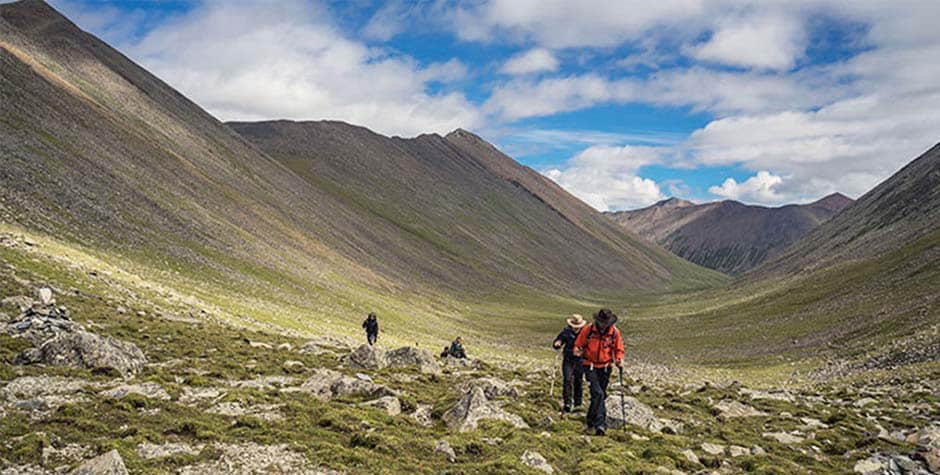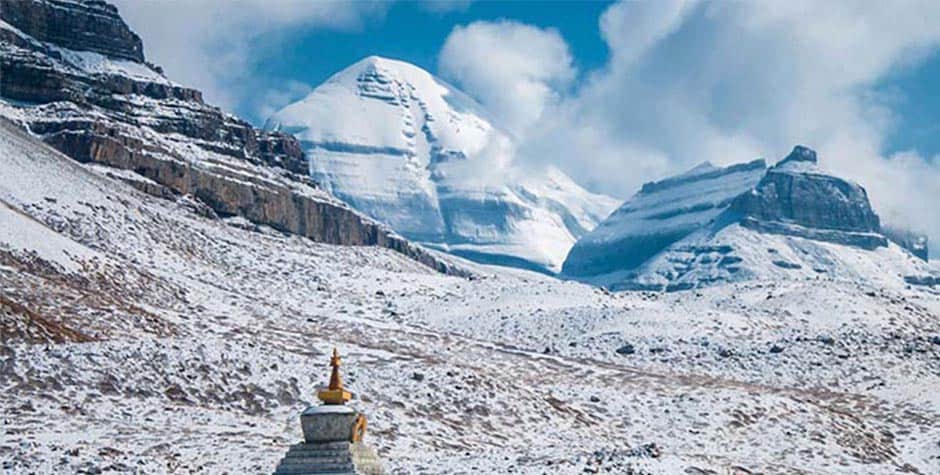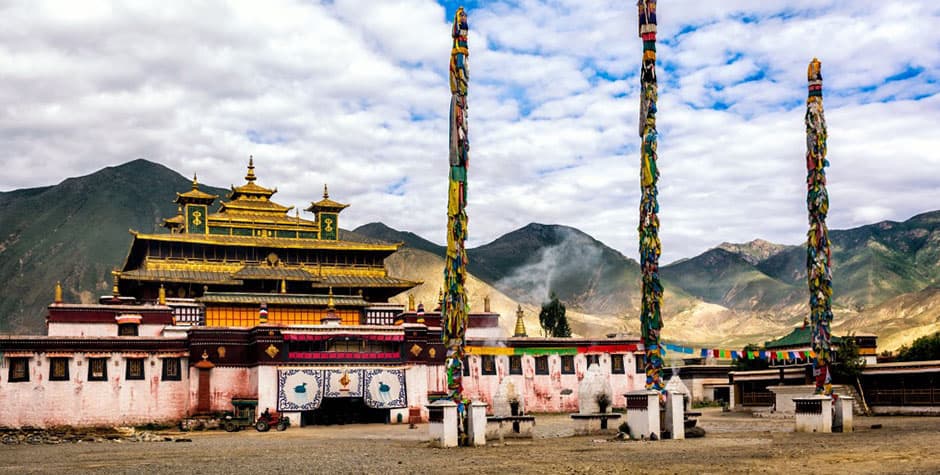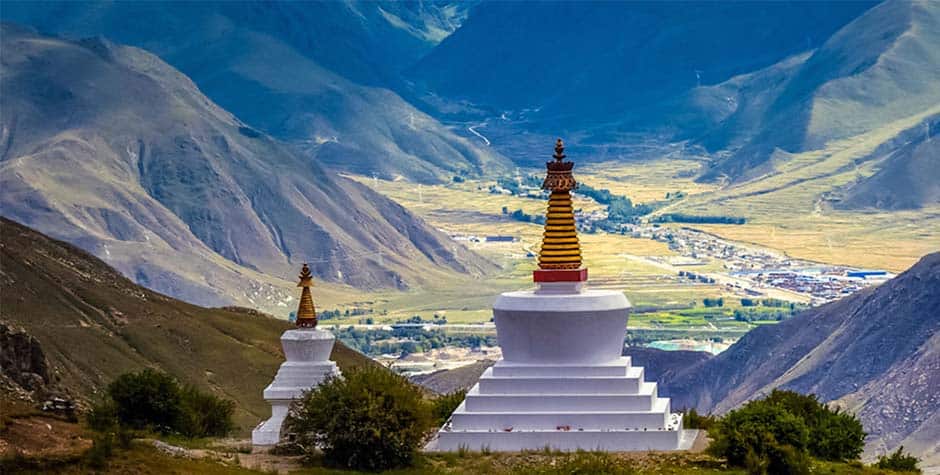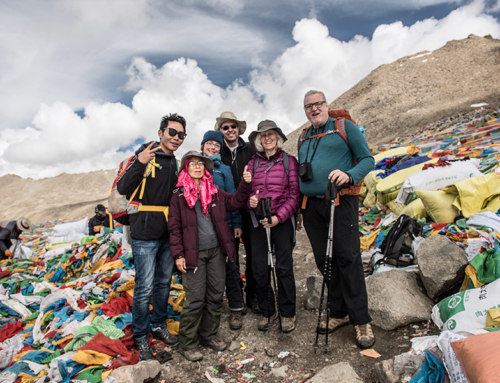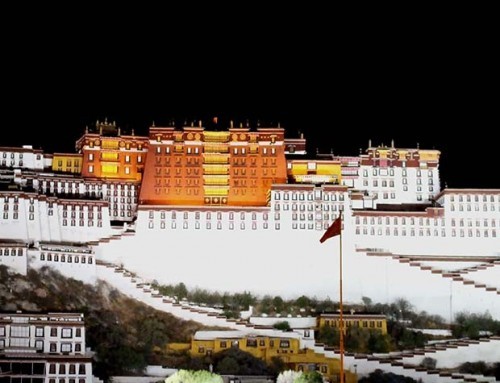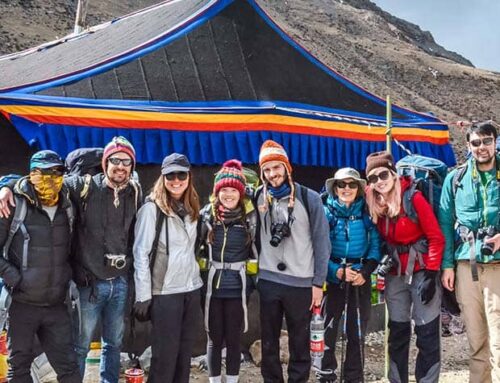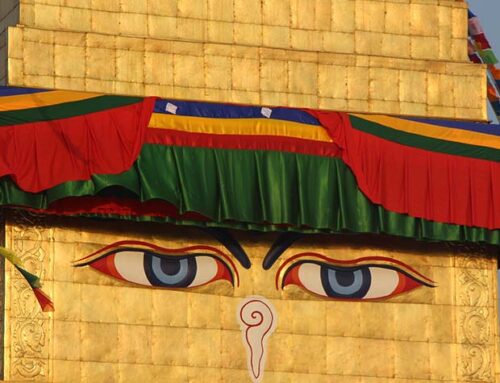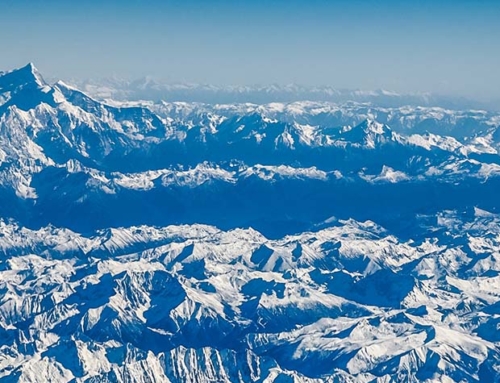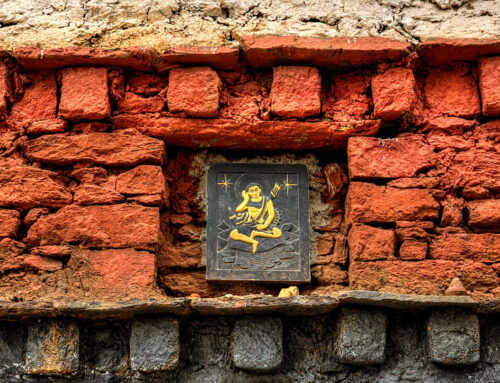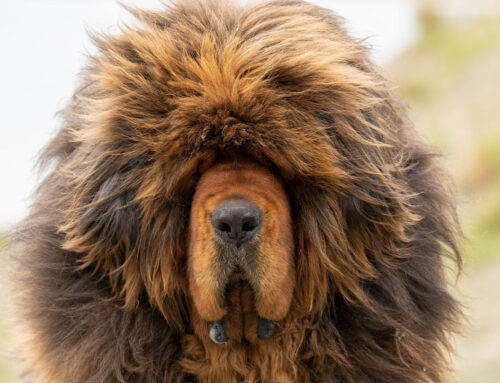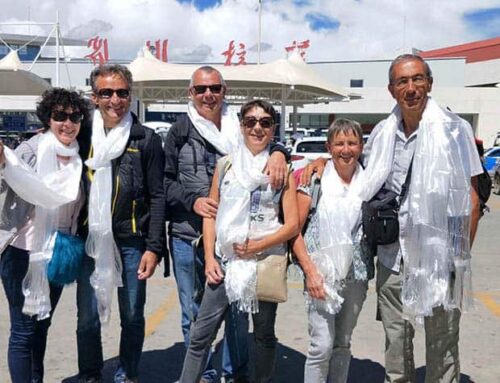This blog post features Tibet’s top 20 travel experiences, as recommended in the latest edition of Lonely Planet’s Tibet 2015 guide.
We suggest that all travelers try as many of those experiences as possible during your Tibet tour.
Before proceeding, we would like to remind travelers to read our previous post, which discusses what travelers expect and the reality of Tibetan tourism. Despite all its drawbacks, Tibet remains unique, and it’s worth traveling to Tibet at least once every few years.
Following are Tibet’s Top 20 travel experiences.
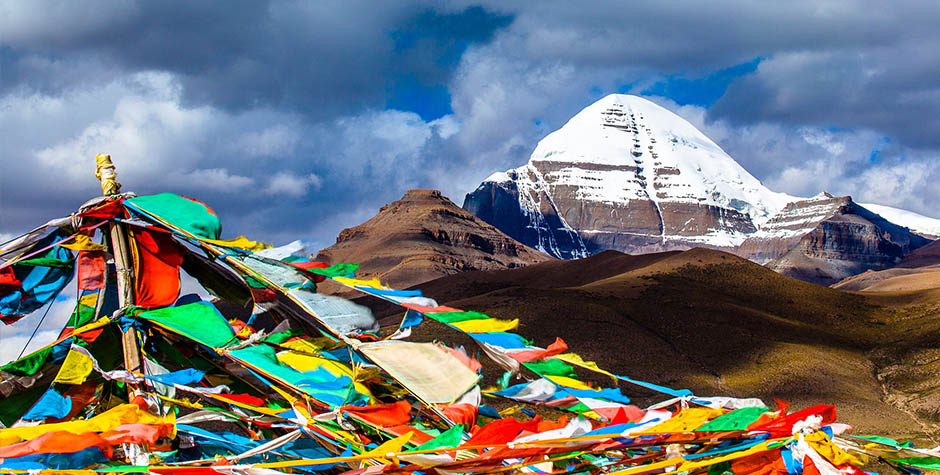
Tibet’s Top 20, Mount Kailash. Traveling to this remote region is indeed a blessing. Billions of Buddhists and Hindus believe that the region’s most popular Mount Kailash and Manasarovar Lake are the holiest pilgrimage destinations. During your visit, you will observe the religious rituals of the two most influential religions in Asia.
Hindu believes Mount Kailash is the realm of Lord Shiva and the four-sided pillar of the world. Manasarovar Lake is also thought to have been created by the Lord of Lords and Creator of the universe, Lord Brahma. Therefore, visiting once in a lifetime, circumambulating Mount Kailash, and dripping in the Manasarovar Lake erase all the sins of the lifetime.
Buddhists believe that Mount Kailash is the residence of lord Dhamchok, who represents supreme bliss.
The region is also the source of four principal rivers in Asia and drinking water for one-fourth of the world’s population.
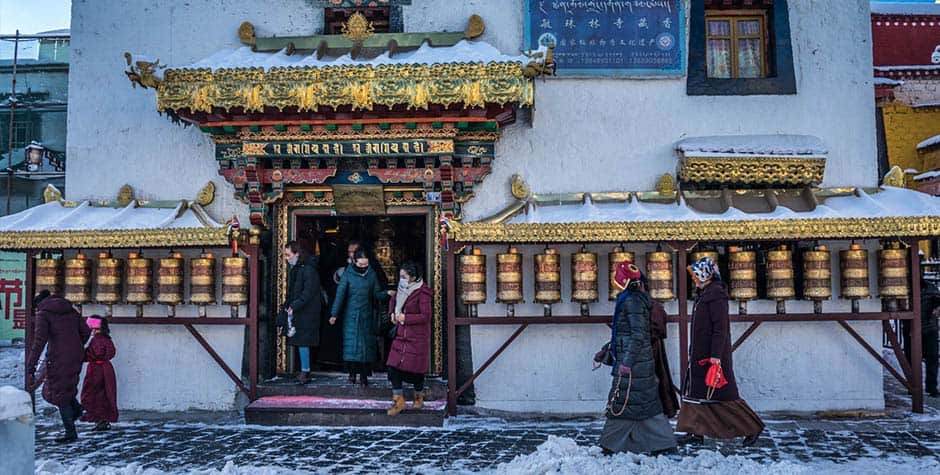
The fascinating microcosm of Tibet. Barkhor is also the most popular destination in Lhasa. It’s always recommended for travelers to wander around the Barkhor Circuit. You will never know what you will come across. Follow the tide of Tibetan pilgrims as they circumambulate the circuit. Your smiling face will do wonders. It’s good to prepare some gifts from home for these strangers.
Many travelers end up being family visitors and then become friends. Just follow your heart, accompanied by the echo of a mantra rhythm recited by Tibetans. It will do wonders.

Tibet’s Top 20, Number Three: Jokhang Temple. It lies at the heart of the Barkhor Circuit: the 7th-century Temple, the heart and soul of Tibetan Buddhism. Walk into the dark chamber, and a small chapel fills with the scent of incense; a butter lamp illuminates the century-old statue of the Buddha. Walk with some local devotees and observe the intensity of their devotion.
Observe every detail in the main chapel; the pillars are in the Nepalese style. Look at the lions crafted on the side of the roof; you will see some human faces, as well as snow lions. Find an extraordinary calmness amidst the noise of prayers and the murmur of mantras.
Go to the rooftop for a spectacular view of Potala from a distance. And sometimes, for self-exploration, take the time to get lost in the temple, and you will surely come out a different person after just a few minutes of 14th-century experience.
4) View of Mount Everest,
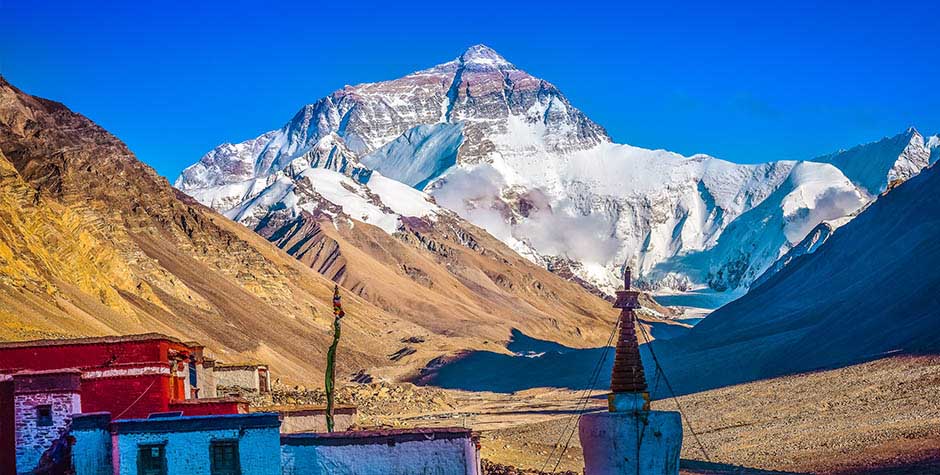
The sight of Mount Everest from Tibet is one of the most popular reasons for many travelers to visit Tibet. Mount Everest is more accessible from the Tibet side as there is a motorable road to the base camp. At the same time, the Nepal side takes about a week of trekking.
The view of majestic Everest, combined with the prayer flags of Rongbuk Monastery, is breathtaking, and it will surely make you pause to take a moment to look. Don’t forget the glimpse of Sunshine over Everest.
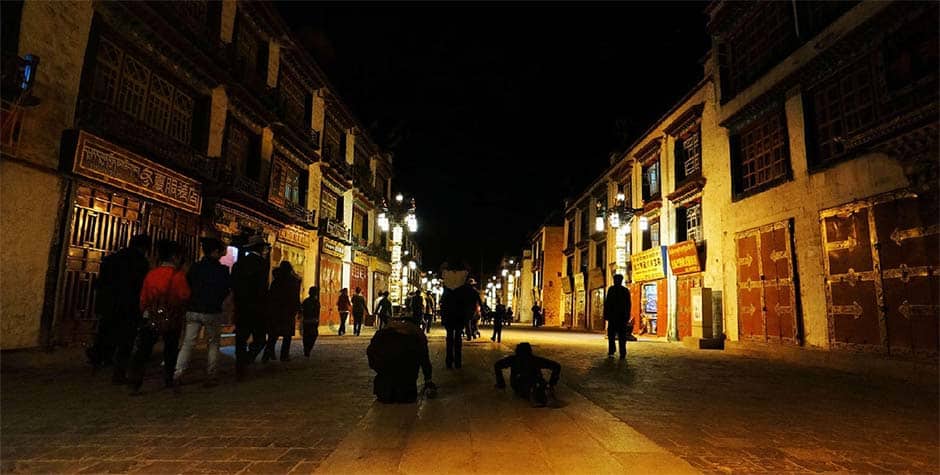
Tibet’s Top 20, Saga Dawa Festival. It is the holiest month for Buddhists worldwide. Tibetans from nearby towns and cities would gather in Lhasa. This is the month we dedicate ourselves to religious practice. The most popular traditions include pilgrimage to the holy site, making offerings to the higher realm, helping those who are less fortunate than oneself, and going for circumambulation.
Wherever you go in Tibet, you will encounter the region’s rich religious practices and rituals. For example, if you are in Lhasa, you can go to the Barkhor kora in the evening. You will see thousands of people prostrating around the street.
If you are Buddhist or want to act generously, you can offer water and candy to these tried prostrators. In the morning, you can go for an 8 Km Lingkor circumambulation.
The Lingkor circumambulation is a walk around the fabulous city of Lhasa, specifically the Tibetan quarter within Lhasa city. Traveling west to Kailash is also a perfect option.
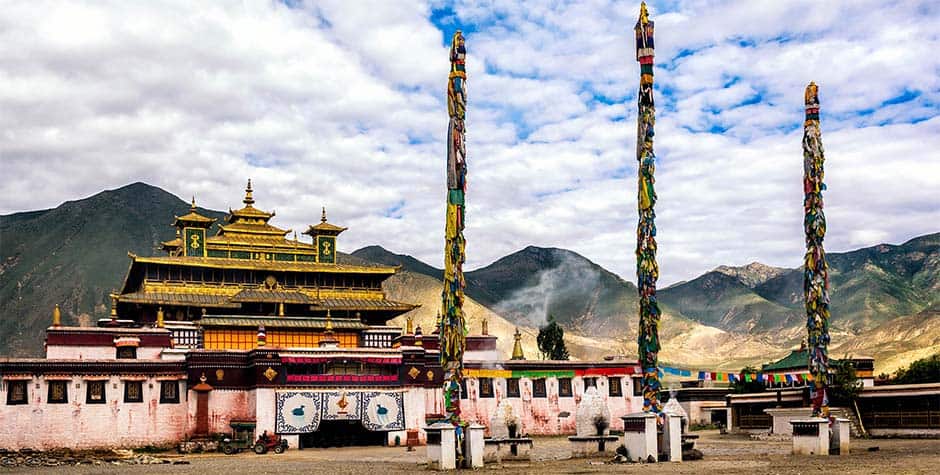
This eighth-century monastery is the first monastery in Tibet. The three-story building draws inspiration from Tibetan, Chinese, and Indian architectural styles. The main temple is surrounded by four different-colored stupas with an unusual shape.
The monastery is located in a semi-deserted area. Which is a bonus to the marvelous eighth-century building? If you are visiting the hermitage, please consider staying in town for a night, exploring the Chimpuk Hermitage.
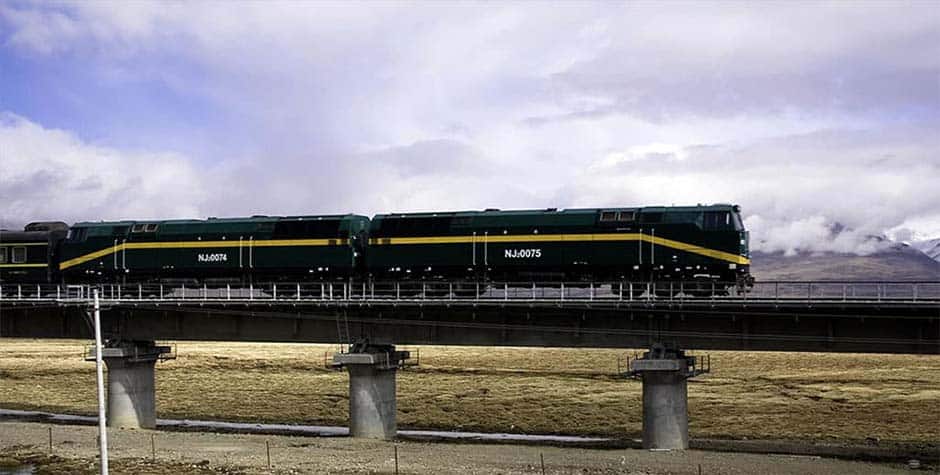
Tibet’s Top 20 Number seven, The Tibet Train Ride. The architectural wonders of the 20th Century on the surface of Tibet. The most delightful means to reach the Holy city of Lhasa. If you are traveling to Tibet by Train, do not forget to pull up your window for the beautiful view of Qinghai Lake on the left side. Give a doted yak and nomad tent on the highest plan in the world. As the altitude gradually increases, you may need to take an oxygen supply at the 5072-meter train station (the world’s highest train station) in Tibet.
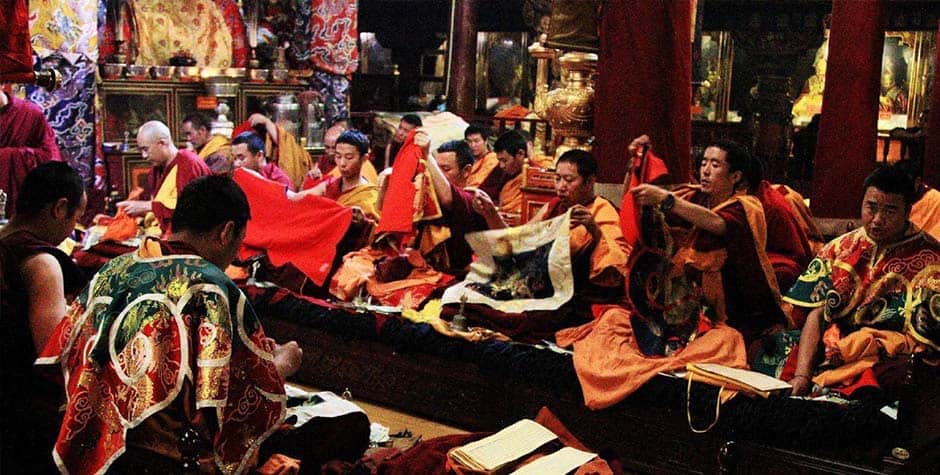
Two of the three biggest spiritual centers in Tibet. A visit to these two monasteries will provide a profound understanding of the monastic life of Tibetan monks. Visit Sera monastery in the afternoon to see the monks debating. Then, go to the Kora of both monasteries to view Lhasa city and the Lhasa Valley. Sit in silence in the main chapel to observe the pilgrims’ divination. Observe the architecture of the buildings and giant statues of Buddha.

Tibet’s Top 20 number nine, The Potala Palace. Soaring above the old Lhasa city, the grand Potala Palace is truly an architectural marvel of Tibetan Civilization. Visit the Palace is a must. The Traditional home for Tibetan rulers and Dalai Lamas. The Palace contains the tombs and stupas of Dalai Lamas, as well as their chambers. It is genuinely a concentrated source of both spiritual and material wealth in Tibet.
10) Yak Butter Tea.

The Yak butter tea is one of the must-try while in Tibet. Some prefer to call it soup for its rich, thick flavor. It is a favorite drink in Tibet; we drink it every morning. When we don’t drink this tea, we feel as though we are not at home. However, please note that Tibetan Yak butter tea is typically salty.
11) Gyantse Kumbum

Tibet’s Top 20 number eleven, Gyantse Kumbum. This unique Tibetan Buddhist Stupa is one of a kind in the entire Himalayas. As you spiral around and up the snail-shell-shaped structure, you will pass by the unique mural on the walls, and gradually, you will gain a medieval view of Gyantse town. Do not forget to explore the Ancient part of the Gyantse town.
12) The Ganden Monastery
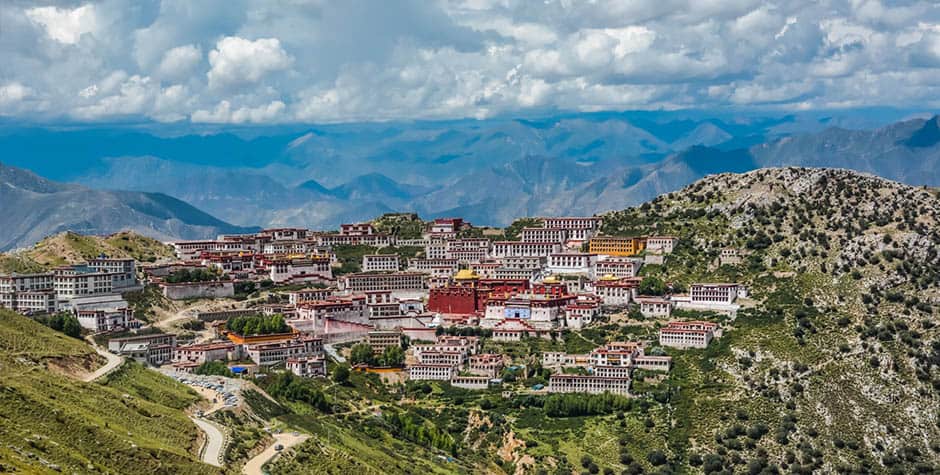
A two-hour drive east of Lhasa city brings you to the Ganden Monastery. The monastery, situated at the top of the amphitheatrical valley, offers a magnificent view of the Kichu River Valley. Completing the Kora of a sanctuary offers an excellent high-altitude trekking experience.
The monastery is the principal monastery of the Yellow Hat sect of Tibetan Buddhism. It also houses the Tomb stupa of Je Tsongkhapa, the founder of the Gelugpa sect, also known as the Yellow Hat sect.
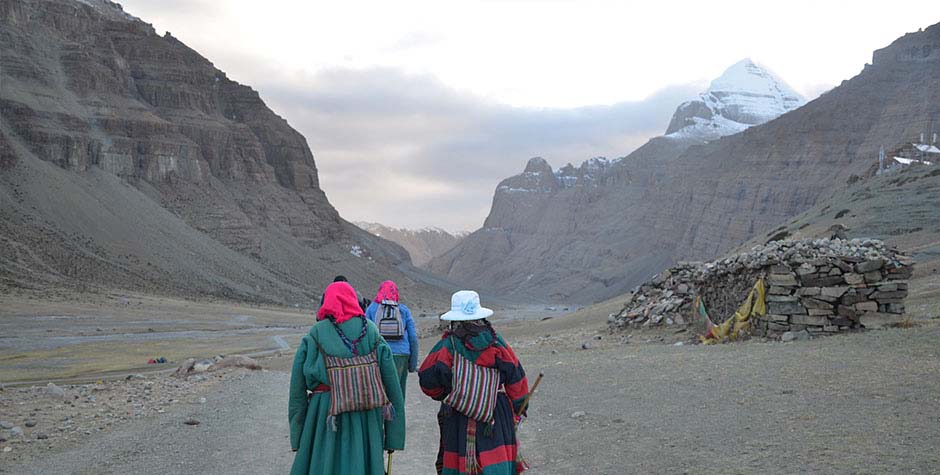
Tibet’s Top 20 number thirteen, Koras and Pilgrimage. Wherever you go in Tibet, you will find a local Tibet circumambulating the monastery, temples, city, Mountain, and even entire lakes (holy lakes like Namtso Lake). They will have a prayer wheel or a mala in their hand.
One of the few things we might find strange is rubbing back on the Polish stone at the path of Kora. Monks offer predictions of the future in exchange for alms, as well as beautiful rock carvings and paintings. You will find a different Ecosystem of devotion and loving-kindness. Sometimes, you may get an invitation to join locals for tea or some eatables. Some lucky even get beautiful gifts from locals. If you want to explore local life and experience Tibetan culture, consider taking a Kora around the monasteries. Going for Kora in the morning gives you an excellent chance to take a great picture of a smile of devotion.
14) Adding your prayer flags on the high mountain pass
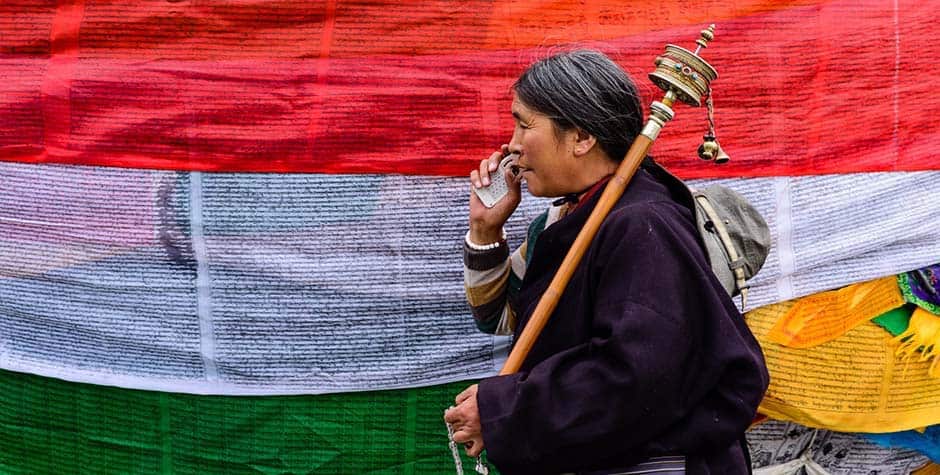
The tradition of prayer flags originates from the ancient shamanic religion of Tibet, known as Bon. As the wind blows on the flag, it is believed that it would bring prayers to print every corner of Mother Nature, and in return, it would bring us good luck.
Sometimes, when you are crossing the pass, Your driver or guide might shout SO SO SO—the final act in making the whole procedure of the wind horse ritual. Typically, we put the flag on fire, burn incense, and throw some Tsampa (roasted barley flour) into the Air. We would shout SO SO SO. Join your guide and driver and do SO SO SO. You can bring your prayer flags and put them on the passes. This would generate a lot of positive energy and good karma.
15) Sakya Monastery
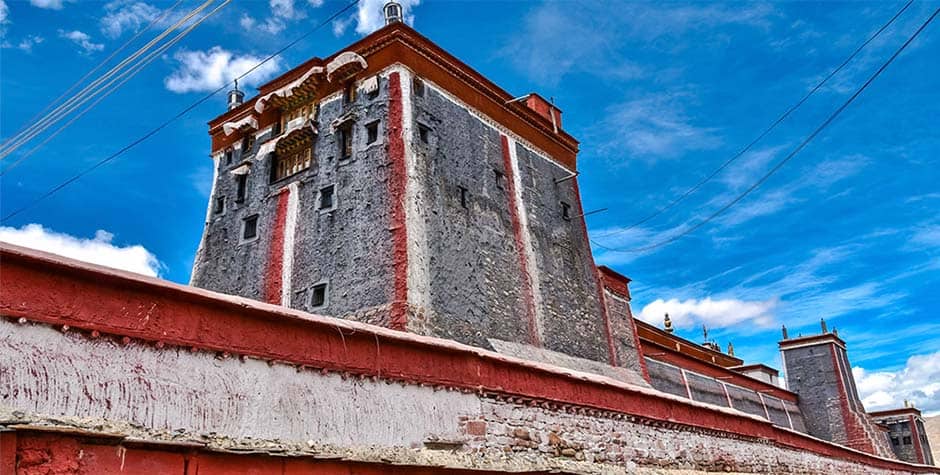
25 km detour from the Friendship highway brings you to the Sakya Monastery. The drive from the Highway to the Sakya town itself is awe-inspiring. Once at the Sakya town, it will make you feel like you are in a different Tibet. All grey walls with stripes. The monastery itself resembles a medieval fortress. It has a high fence surrounding the sanctuary, with watchtowers at each corner. Once inside the Main Chapel, the trunk-sized pillar, ancient relics, and a three-story collection of rare Tibetan scriptures will indeed bless you.
Do not forget to take a walk on the surrounding walls. It will surely bring you and your camera back to the medieval days.
16) Namtso Lake
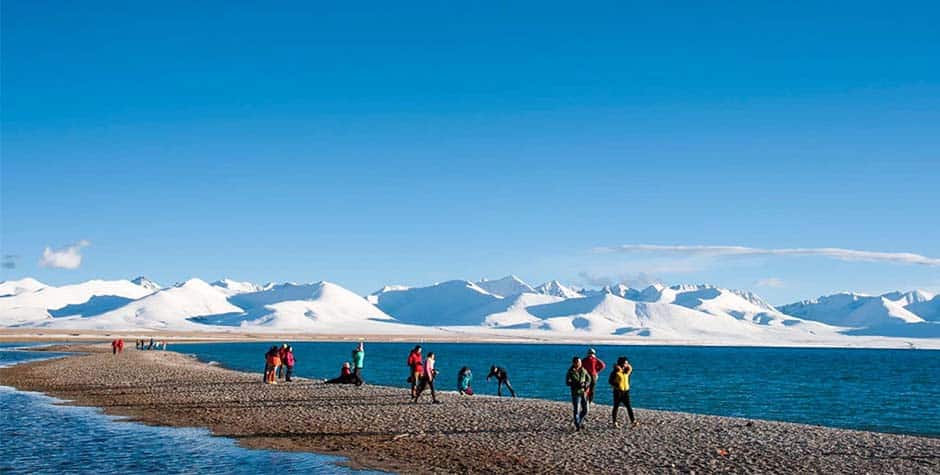
250 km north of Lhasa brings you to Namtso Lake. The heavenly lake. Snow-capped mountains surround the lake, their peaks reflected in the deep blue water. Half of the lake is salty, and the other half is fresh—the area where the tourist vehicle may become a little crowded with tourists. There is a hill where Tibetans go for Kora; a little exploration could lead you to the side of the Mountain containing traditional wall paintings on stones.
Staying overnight at the lake is highly recommended. You can choose to camp for a night or stay in a local guesthouse (with inadequate facilities). In the early morning, the dusk is genuinely heavenly, with the sunshine over the lake. Try to go for a Kora with the pilgrims.
17) Guge
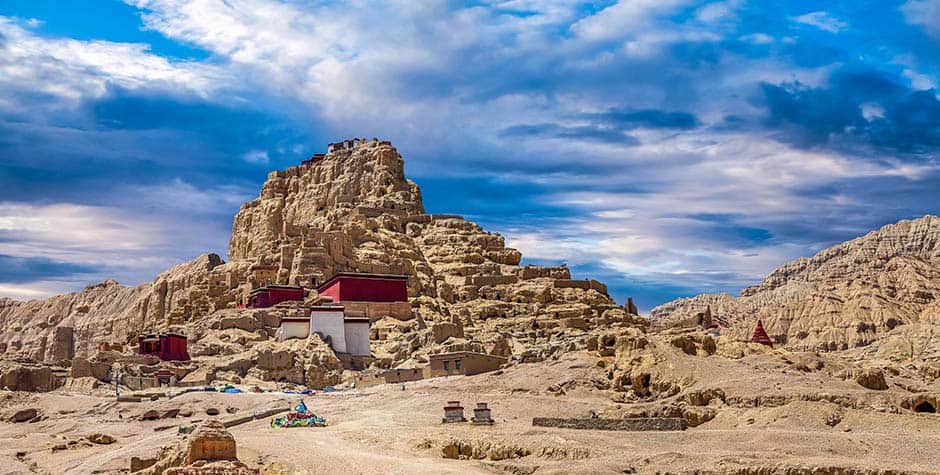
The forgotten and abandoned kingdom in western Tibet. The domain was once very prosperous and enjoyed the great benefits of the Silk Road trade. The visit to the kingdom is much different from Lhasa and central Tibet. The kingdom also has a unique blend of Buddhist Art, which is very visible in your exploration. You will have an ancient cave town entirely for your inquiry.
18) Ngan Tso & Riwok Tso
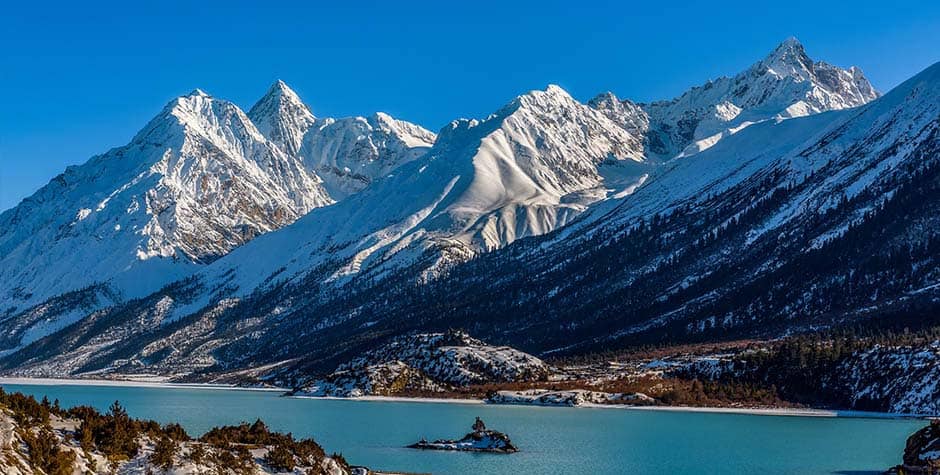
These are the twin lakes just by the Sichuan-Tibet Highway. Situated 3850 Meters above sea level, surrounded by a chain of mountains and forest. The lakes have become a trendy destination for overlanders from China.

The Ganden Samye Trek is one of the most popular trekking routes in Tibet. You will be trekking between two famous monasteries. You will cross camps of nomads and some beautiful Lakes above the 5000-meter pass and the Guru Rinpoche hermit.
Many popular travel websites and guidebooks consider this trekking a four-day trek, but I recommend doing it for five days. Additionally, spend a day experiencing the nomadic life.
20) Friendship highway: Lhasa to Kathmandu.
This is the most popular tourist route in Tibet tourism. This overland journey takes you to the most beautiful villages in Tibet. Stunning view of Mount Everest and other mountains in the Himalayan ranges, as you drive west to enter Nepal. You can visit Everest Base Camp for an impression of the majestic Mount Everest.
Suppose you are planning to travel to Tibet. Please write to me for free and the latest Tibet tourism information. Please write to me at info@itibettravel.com.
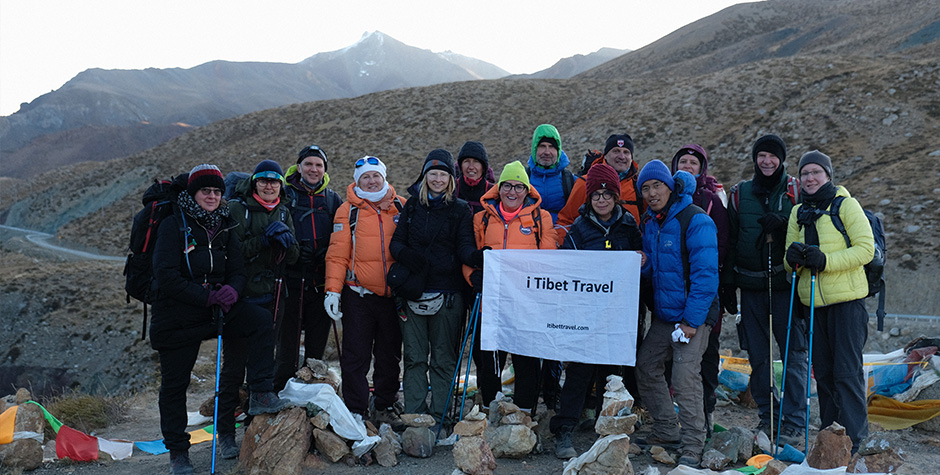
Tenzin Travel is the best Tibetan Travel agency in Tibet. Our agency is one of Tibet’s most experienced tour operators, with over 20 years in the industry. Founded by a local Tibetan family with decades of expertise as guides, managers, and route planners. We craft personalized itineraries for every traveler. Our agency is the highest-rated and most recommended Tibet travel agency on TripAdvisor, Google, and Lonely Planet.
We can make holistic arrangements for your trip to Tibet. Including a Tibet Travel Permit, a Tibetan tour guide, flight tickets, train tickets, vehicle arrangements, and hotel bookings in Tibet.
Our Lhasa office is just steps from Barkhor Square. All our Tibetan team ensures deep cultural, linguistic, and religious insights, setting us apart from other agencies.
Beyond tourism, we support Tibetan communities by donating a portion of each tour to local projects. Your travel to Tibet is about more than profit—it’s about the opportunity for us to give back.

